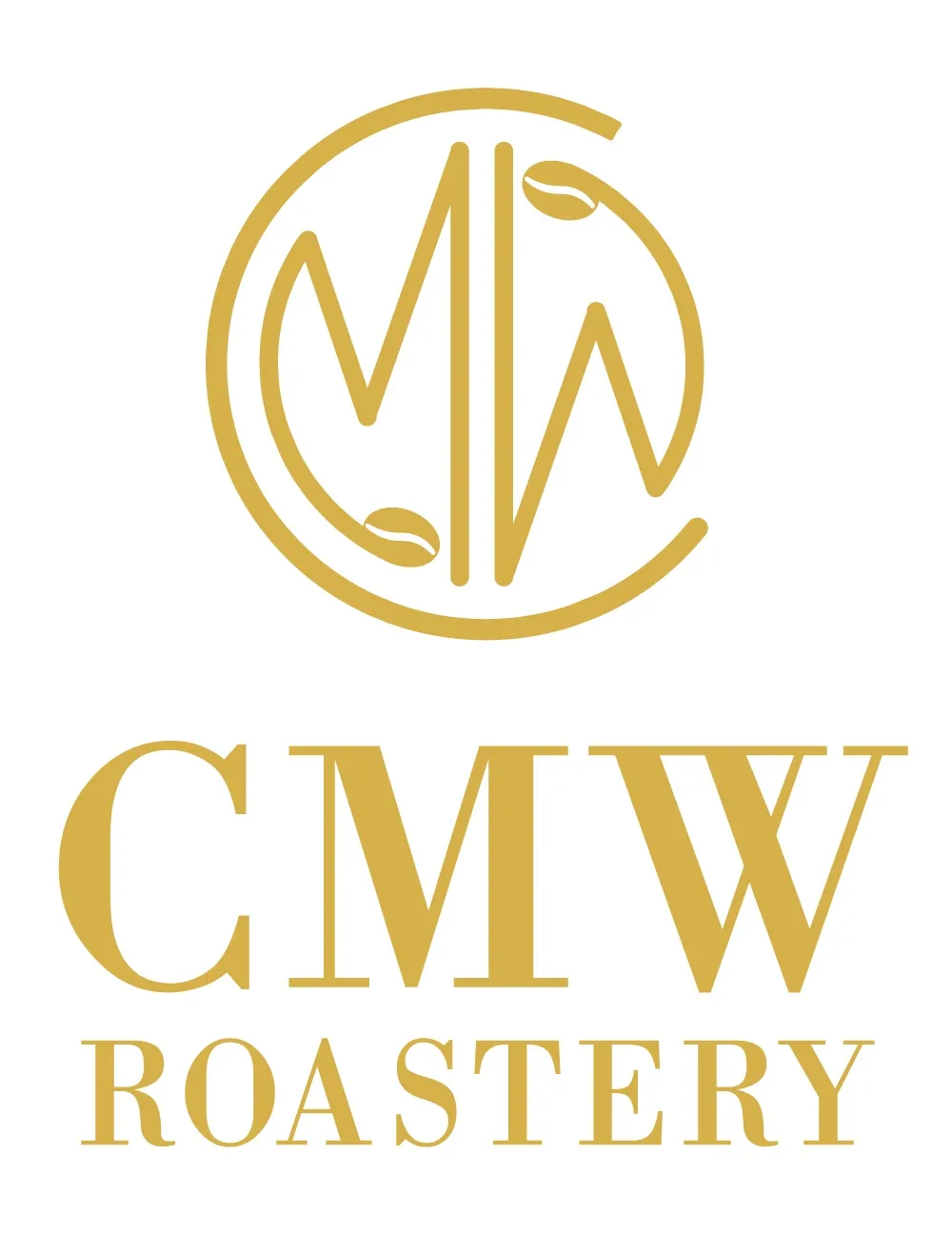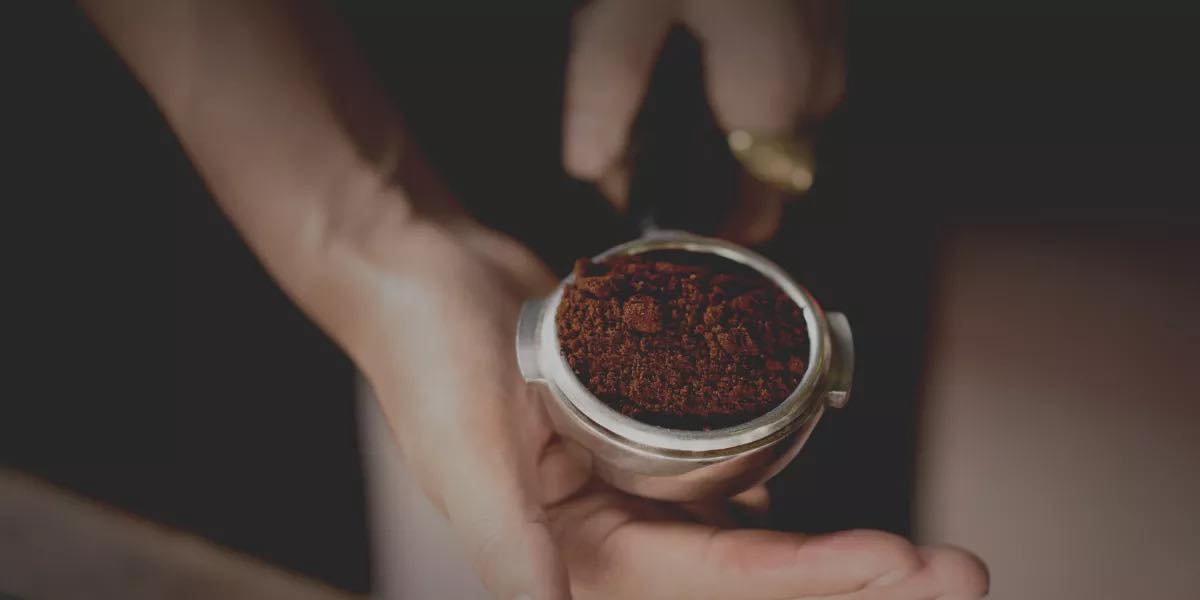The term ‘Specialty coffee’ ’ refers to coffee that has graded over 80 points or above on a 100 point scale by a certified coffee taster (SCAA) or by a licensed Q Grader(CQI).
Specialty coffees are coffees at their peak and are different from other coffee because specialty coffee has been grown at the ideal altitude, at the perfect time of year, in the best soil, and then picked at just the right time. All this transforms into some of the most exciting and tasty coffee in the world.
Specialty coffee starts with the producers. These are the farmers growing and harvesting the coffee arabica trees. Arabica coffee is the best sort of coffee than Robusta coffee, which is Low-quality, bitter-tasting beans that end up in many commodity cups. Specialty coffee farmers are often highly skilled, managing farms that have been in the family for generations. They know their soil and only keep the focus on quality rather than quantity.
Specialty Coffee Journey From Seed to Cup
Step 1: The Coffee Seed
The beginning process begins when a teeny tiny seed is planted in a nursery in a country where the sun shines brightly and can give the seed all its nutrients.
coffee does not come off the plant in the medium brown roasted color you are used to seeing. Coffee beans are green in the beginning.
Step 2: Coffee Bean Harvesting
It takes around 3-4 years for a coffee plant to mature to where the beans can be harvested. They start off as red cherries. Once the red coffee cherries are fully developed and grown, then they will be picked.
Step 3: Cherry Processing
Inside the red cherries is where the green coffee bean is and must be removed from the red cherry flesh. There are few ways to do this.
The old-fashioned method is by spreading the cherries in the sun and continuously mixing them to avoid spoilage. Then after several days once all the husks have dried and the bean is partially exposed, the beans must then be dried and milled to remove the last bits of the cherry from the green beans.
Step 4: Coffee Bean Exporting
The beans at this point are still non-roasted. They have been completely husked, dried and sorted into different varieties based on their quality and are now ready to be exported. The green beans are consistently being tested to ensure the process is on the mark, in terms of company standards and bean quality.
Step 5: Coffee Bean Tasting & Cupping
Once the coffee is shipped and exported, a small amount of the green coffee beans will be roasted in a mini roaster and prepared by a highly qualified “cupper”.
A cupper is someone whose job it is to test out the aromatic and flavour quality of the bean. In order to balance out the correct flavour profile of the bean being roasted, it is essential to make sure that the balance is correct, especially when choosing beans for specialist blends.
Step 6: Coffee Bean Roasting
Many of the coffee roasting companies will buy beans based on exact qualities and other specifications to create their own house blends. Roasting is done at 550° F and the beans are constantly moving to avoid burning the delicate beans.
Step 7: Coffee Bean Packing
Packing the beans is extremely important to maintain the full freshness of the newly roasted coffee beans.
Finally - Time to Brew Your Coffee!
The beans have arrived at your local roaster and now you get to select your favorite blend and bring it home to brew. Be sure to select the right grind of coffee for the temperatures and coffee brewing process that you do at home.
Specialty coffee means the quality is guaranteed through all stages of the coffee production from seed to cup. Specialty coffee is quality-driven — not like all the other regular coffees out there. You can pretty much guess at this point that your normal run-of-the-mill coffee in your local grocer would not be considered a specialty coffee.

